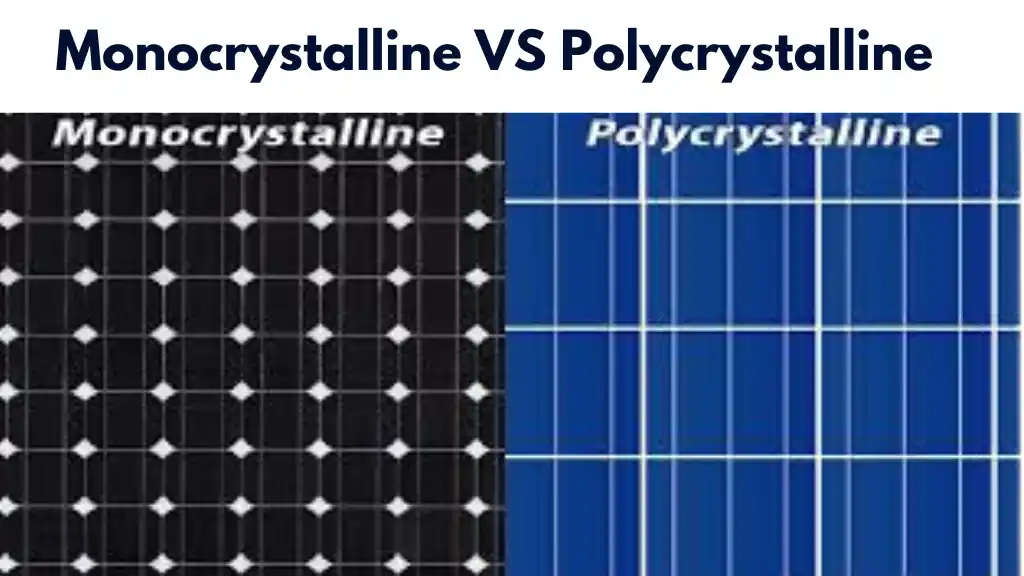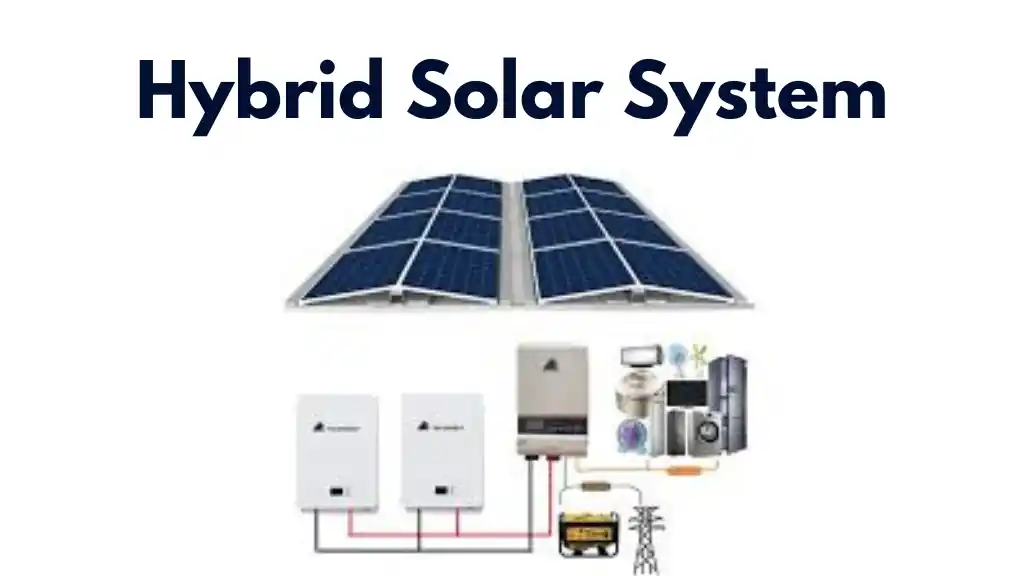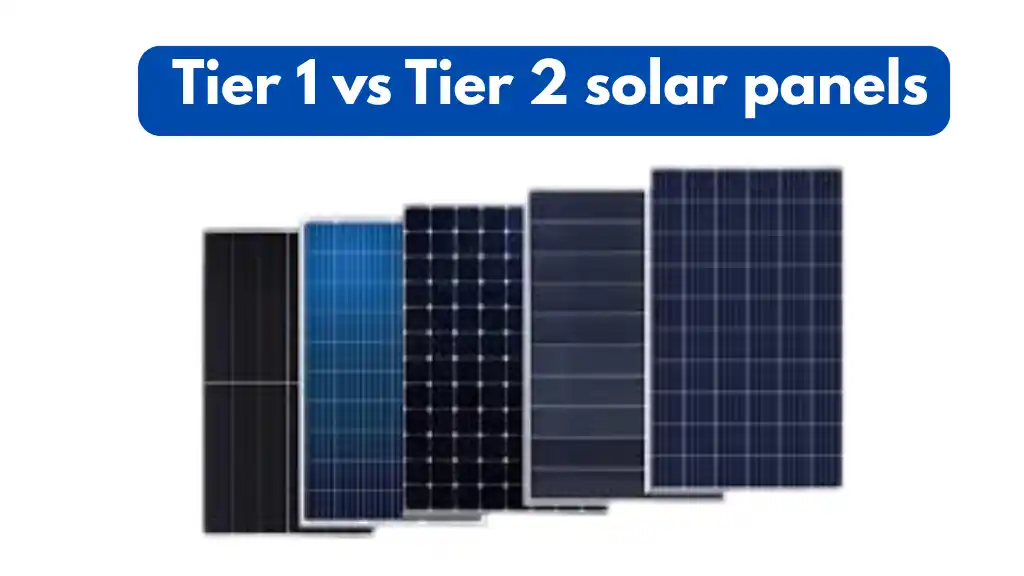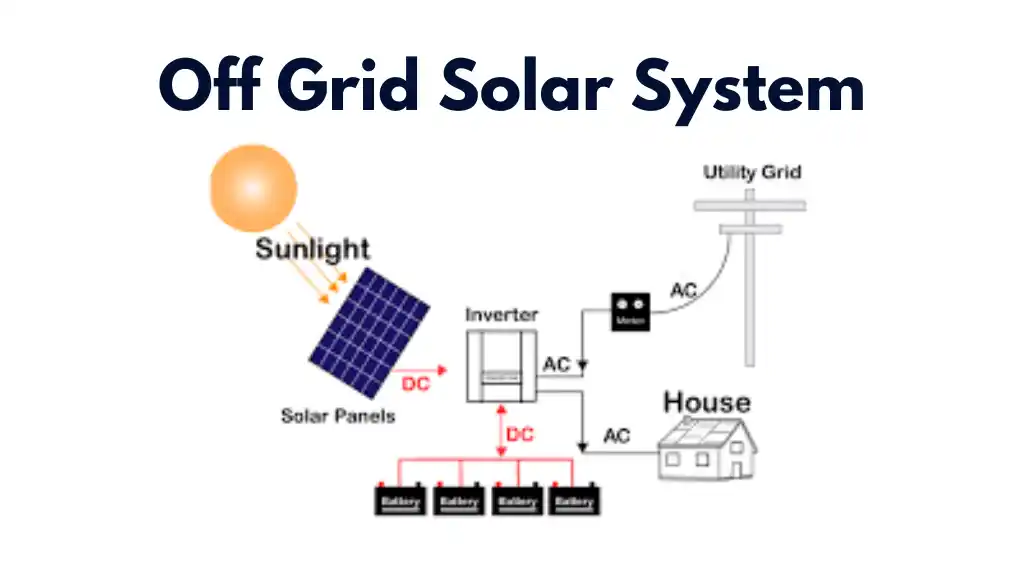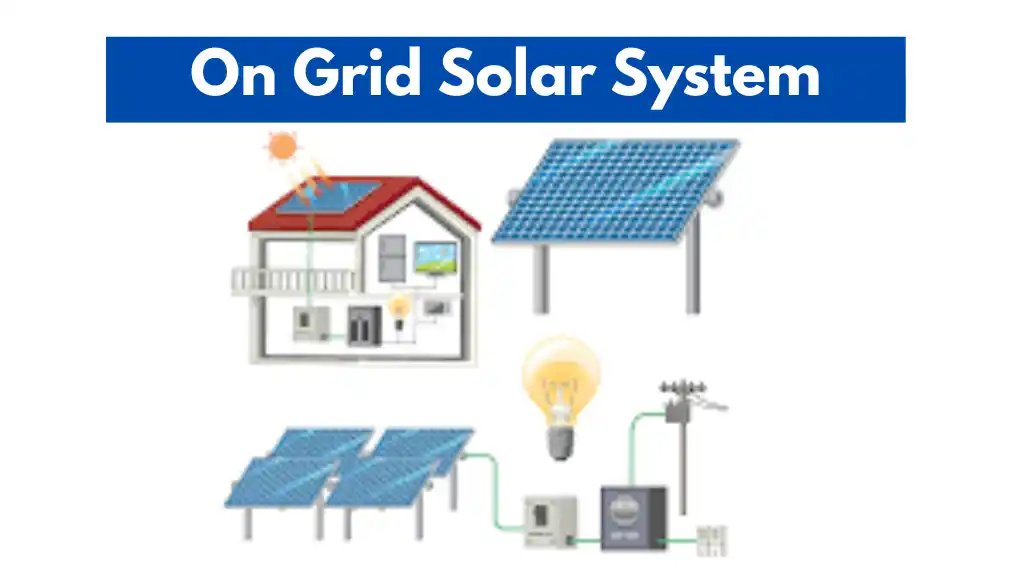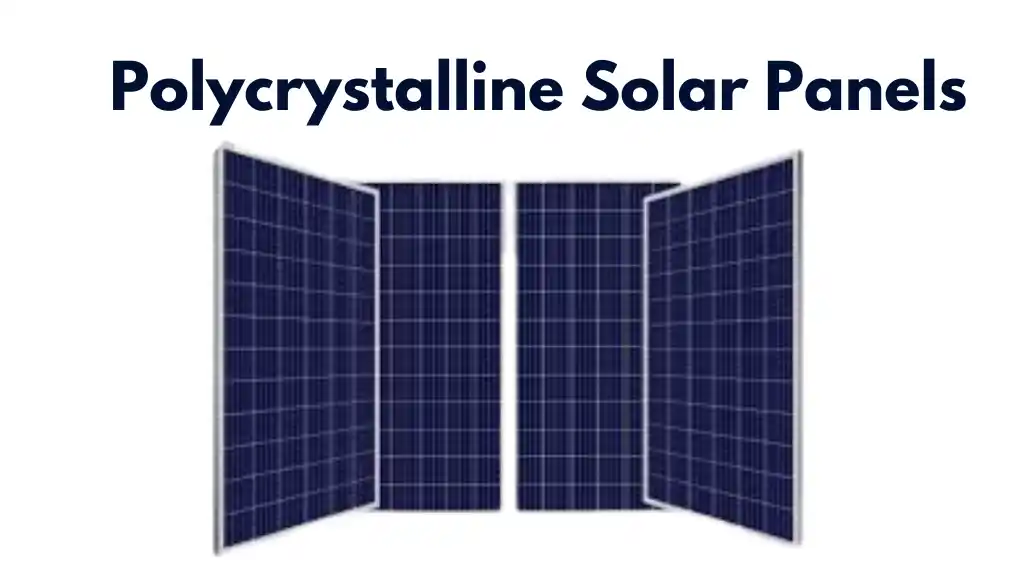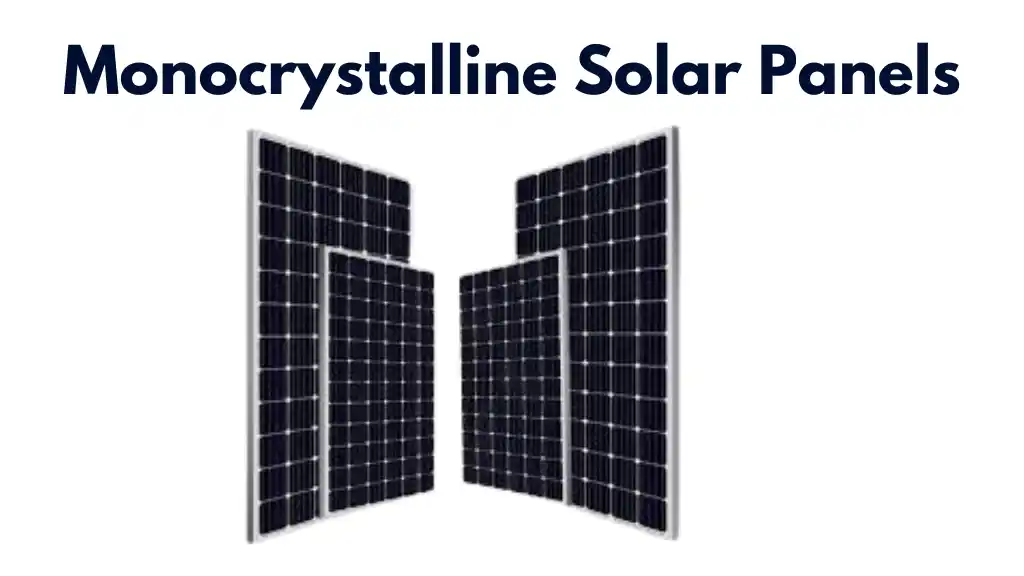
The Future of Solar Energy: How Monocrystalline Solar Panels Are Leading the Way?
Monocrystalline solar panels have emerged as a beacon of efficiency and reliability in the solar energy sector. They offer unparalleled efficiency rates often exceeding 20%. This makes them an ideal choice for homeowners and businesses seeking to maximize energy output without compromising on performance.
There are pros and cons to both kinds of solar panels. Efficiency, compact design, and low-light performance are areas where monocrystalline panels really shine. Polycrystalline panels, on the other hand, are an excellent balance between price and performance. With lifespans of 25 years or more, both types of panels promise long-term returns on investment. In this article, I’ll explain the details of monocrystalline solar panels, exploring their advantages, and potential drawbacks.
Why Monocrystalline Solar Panels Are the Top Choice in 2025
Monocrystalline solar panels have strengthened their position as the gold standard in solar technology. With efficiency rates often exceeding 20%, they outperform other types of solar panels.In 2025, advancements in manufacturing and materials have further enhanced their performance. It ensures they remain the top choice for residential, commercial, and industrial applications.
Further Reading: On Grid Solar Systems
What Are Monocrystalline Solar Panels?
Monocrystalline solar panels are known for their smooth, all-black appearance. The manufacturing process involves growing a single silicon crystal, which is then cut into wafers to form the solar cells. This high-purity silicon structure allows for superior electron movement. It results in higher efficiency and better performance in low-light conditions compared to other panel types.
Monocrystalline vs. Polycrystalline vs. Thin-Film: Which is Best?
When exploring solar panel options, monocrystalline solar panels often stand out as the top choice for their efficiency, durability, and sleek design. However, it’s important to understand how they compare to other types of solar panels, such as polycrystalline and thin-film, to make a wise decision. Let’s break down the key differences between these three types of solar panels in the table given below.
| Feature | Monocrystalline | Polycrystalline | Thin-Film |
| Efficiency | 20%+ | 15-17% | 10-13% |
| Cost | High | Moderate | Low |
| Lifespan | 25-30+ years | 25+ years | 10-20 years |
| Space Efficiency | High | Moderate | Low |
| Appearance | Sleek, black | Blue, speckled | Thin, flexible |
| Best For | Limited spaces | Budget-friendly | Unconventional uses |
Top 5 Advantages of Monocrystalline Solar Panels
They have earned their reputation as the gold standard in solar technology. If you’re considering investing in solar energy, it’s important to understand the key advantages of these solar panels.
Highest Efficiency Rates
At the time, the best choice is monocrystalline solar panels. In other words, they can turn more sunlight into energy than thin-film and polycrystalline.
Long Lifespan and Durability
They are made from high-quality single-crystal silicon, which ensures minimal degradation over time. Because they last so long, they are a safe and long-term way to get energy. They can handle harsh weather conditions like snow, rain, and high temperatures.
Space-Efficient Design
Monocrystalline panels have space efficiency. They can perform well in smaller areas. For example, if you have a small rooftop, monocrystalline panels can produce enough energy to meet your needs.
Aesthetic Appeal
Their aesthetic design is a major selling point for homeowners who value the visual appeal of their property. Whether you’re installing them on a residential home or a commercial building, their discreet and elegant appearance ensures they complement the overall design.
Excellent Performance in Low-Light Conditions
Monocrystalline panels perform well in low-light conditions, such as cloudy or overcast weather. This is due to their high-quality silicon structure, which allows for better electron movement even when sunlight is limited. This advantage ensures that your solar energy system remains productive throughout the year, regardless of weather conditions.
Best Uses for Monocrystalline Panels in 2025

As we move into 2025, their applications continue to expand, making them a versatile solution for a wide range of energy needs.
Residential Homes
For homes, particularly those with smaller roofs, monocrystalline panels are the best option to go.In 2025, advancements in monocrystalline technology, such as bifacial panels and PERC cells, have further enhanced their performance. It enables homeowners to maximize energy production even in low-light conditions.
Commercial and Industrial Buildings
In an effort to lower energy costs, monocrystalline panels are gaining popularity among businesses and industries. Their high efficiency and space-saving design make them ideal for commercial rooftops. In 2025, monocrystalline panels are being widely adopted in sectors such as manufacturing, retail, and hospitality. For example, factories and warehouses with large roof areas can install monocrystalline panels to offset high energy consumption.
Solar Farms and Utility-Scale Projects
Monocrystalline panels are a popular choice for solar farms and utility-scale projects due to their high energy output and long lifespan. In 2025, large-scale solar farms are adopting the latest monocrystalline technologies, such as bifacial panels and smart tracking systems, to maximize energy production. These projects not only help to meet the growing demand for renewable energy but also contribute to grid stability and energy independence.
Off-Grid and Remote Applications
These panels are an excellent solution for off-grid and remote applications, such as cabins, RVs, boats, and telecommunications towers. Their high efficiency and ability to perform well in low-light conditions make them ideal for locations with limited access to the grid. In 2025, off-grid living and remote work have become more popular.
Agricultural and Farming Operations
The agricultural sector is increasingly adopting monocrystalline panels to power irrigation systems, greenhouses, and other farming operations. They are ideal for the harsh conditions of agricultural environments due to their long lifespan and great efficiency. In 2025, farmers are using these panels to reduce energy costs and improve sustainability. For example, solar-powered irrigation systems are helping farmers in arid regions conserve water and increase crop yields.
Community Solar Projects
Community solar projects, where multiple households or businesses share the benefits of a single solar installation, are gaining popularity in 2025. Monocrystalline panels are a preferred choice for these projects due to their high efficiency and ability to generate significant energy output in limited spaces.
Innovative Applications
In 2025, monocrystalline panels are being used in innovative ways, such as solar-powered electric vehicle (EV) charging stations, solar-integrated building materials, and portable solar devices. Their lightweight and high-efficiency design make them ideal for these cutting-edge applications. For example, solar-powered EV charging stations are becoming more common in urban areas, providing a sustainable solution for the growing number of electric vehicles.
Conclusion
Monocrystalline solar panels are one of the best options to switch to solar energy. They are highly efficient, which means they can produce more electricity even in smaller spaces or on cloudy days. These panels are made from high-quality materials. It makes them durable and long-lasting. By choosing monocrystalline solar panels, you can save money on your electricity bills and help the environment with clean, renewable energy.

